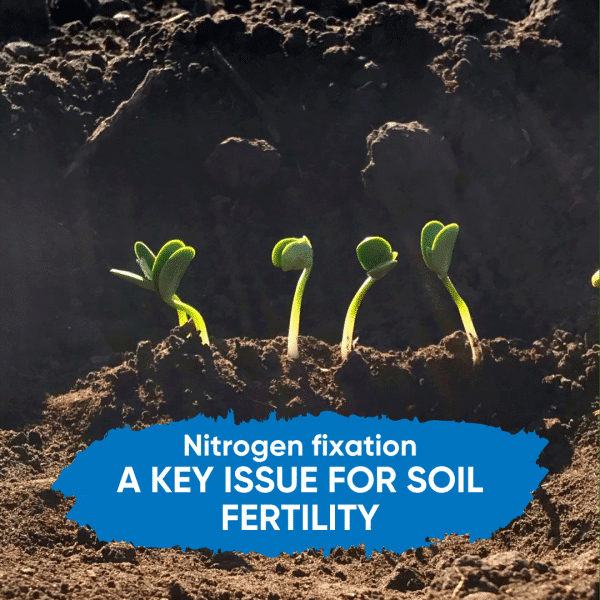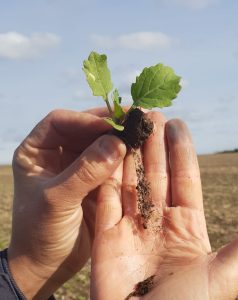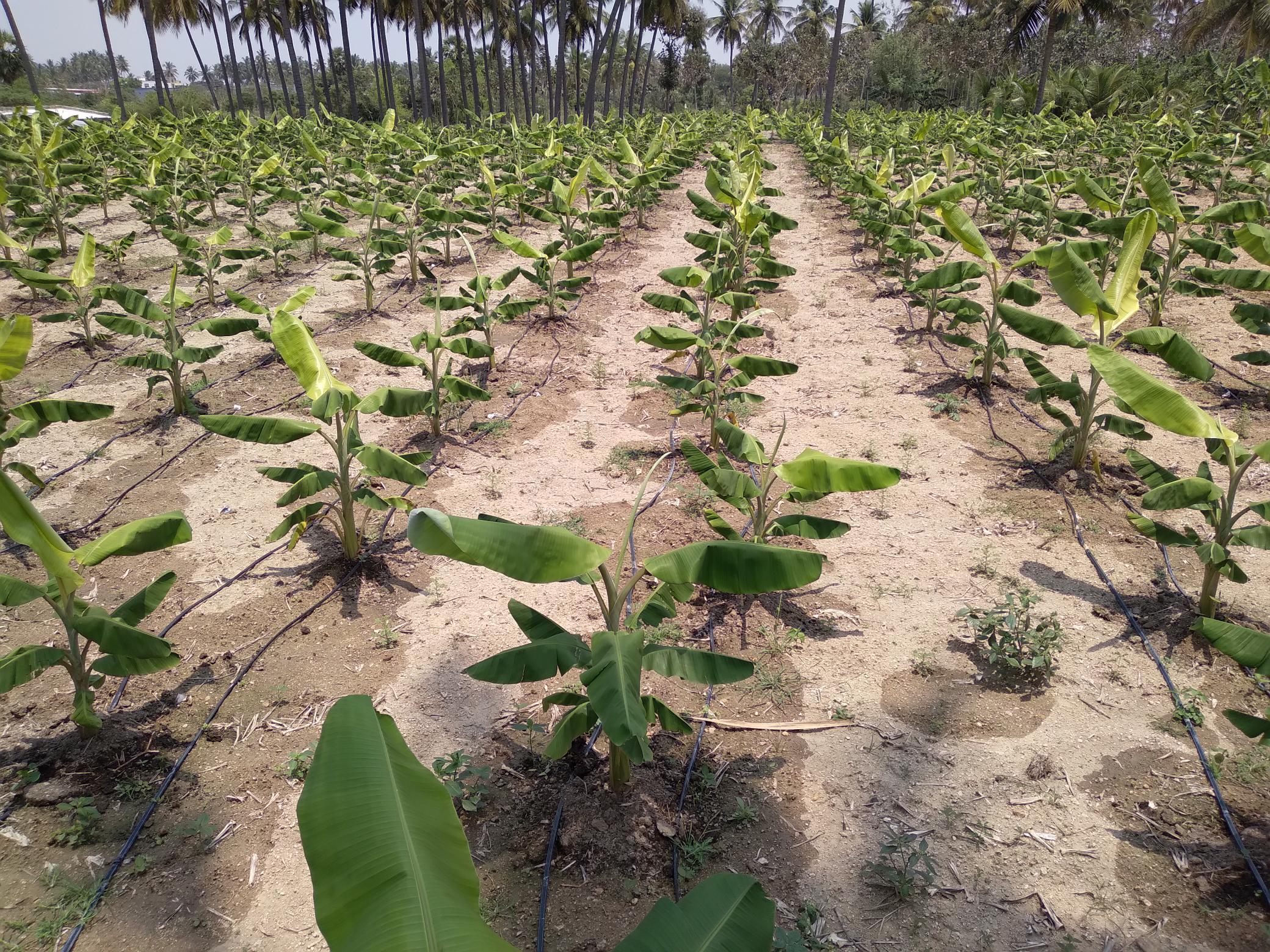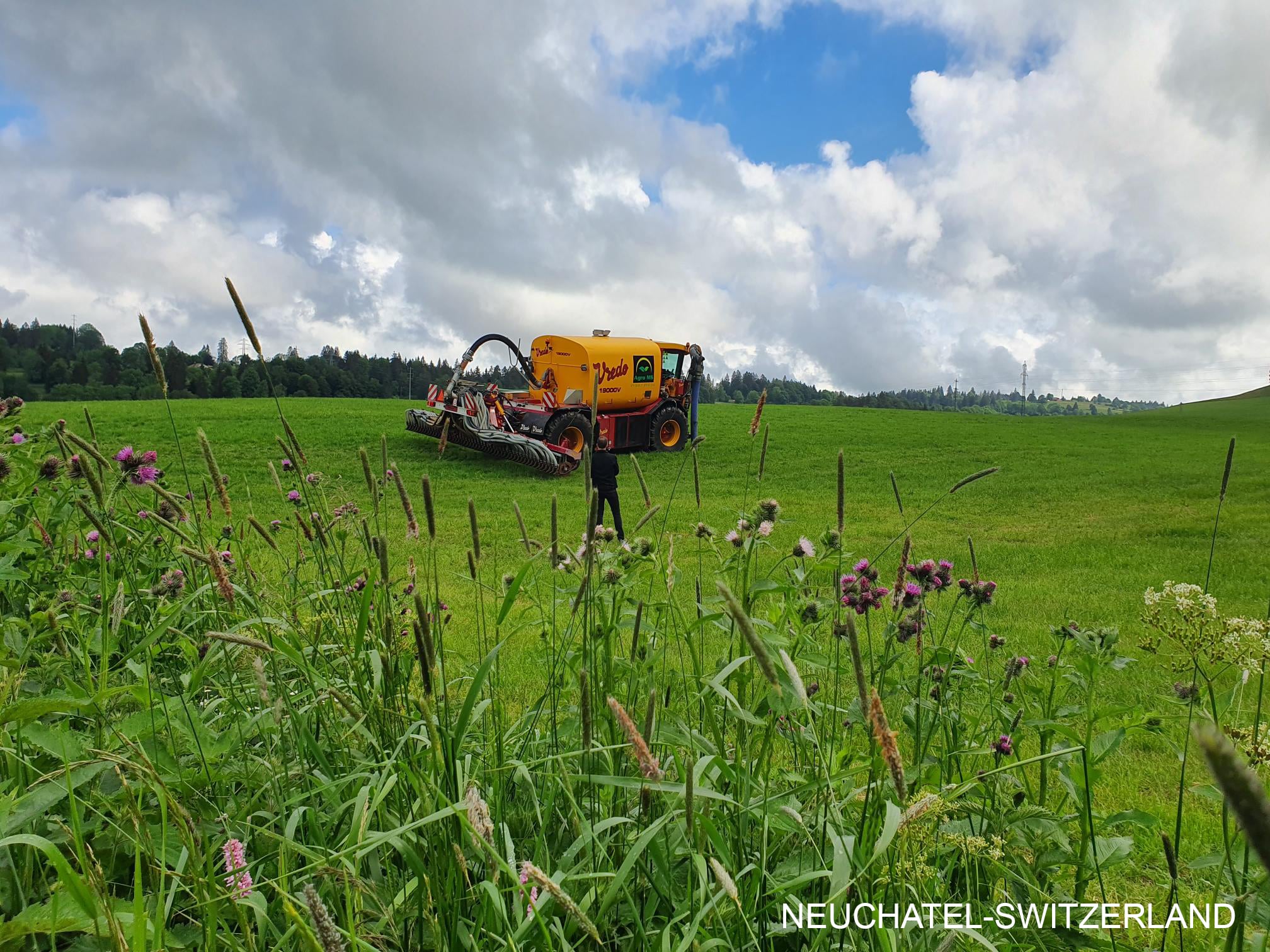Nitrogen fixation: understanding and preventing this phenomenon
Promote rapid and stable fermentation
In organic farming, fertilization relies primarily on organic matter added to the soil or already present. When managed properly, this organic matter can meet the mineral needs of plants. However, it can also cause a well-known phenomenon: nitrogen immobilization, which temporarily slows down the nitrogen nutrition of crops.
What is nitrogen immobilization?
When organic matter is incorporated into the soil, it is broken down by soil microorganisms (bacteria, fungi). During this mineralization phase, these microorganisms consume nitrogen to ensure their growth and biological activity. Some of the available mineral nitrogen is therefore temporarily immobilized and is no longer accessible to plants. It will be released later, when the microorganisms themselves decompose.
When does “nitrogen starvation” occur?
This temporary nitrogen deficiency, also known as nitrogen starvation, often occurs:
• at the beginning of the cycle, when young roots have not yet explored much of the soil,
• and after the addition of carbon-rich organic residues (straw, wood chips, young compost, etc.).
The higher the carbon/nitrogen (C/N) ratio of the residues, the greater the risk. Microorganisms must then draw more mineral nitrogen to break down these complex materials.
As an indication, the incorporation of a very carbon-rich residue such as straw can temporarily mobilize several dozen kilograms of nitrogen from the soil.

What impact does this have on yields?
Poor synchronization between the plant’s needs and nitrogen release can slow growth and reduce yields, particularly in crops that are demanding at the beginning of their cycle (corn, wheat, vegetables, etc.).
The effects often manifest as pale foliage, slower growth, and slightly lower production.
How can the risk of immobilization be limited?
There are several ways to do this:
Short-term action:
- Stimulate the mineralization of organic matter through appropriate soil preparation.
- Choose the timing of residue incorporation to coincide with favorable conditions (temperature, humidity).
- Promote good rooting to improve nitrogen absorption capacity.
Long-term action:
- Sustainably enrich the soil’s stable organic matter stock.
- Maintain soil biological diversity to ensure balanced and continuous microbial activity.



